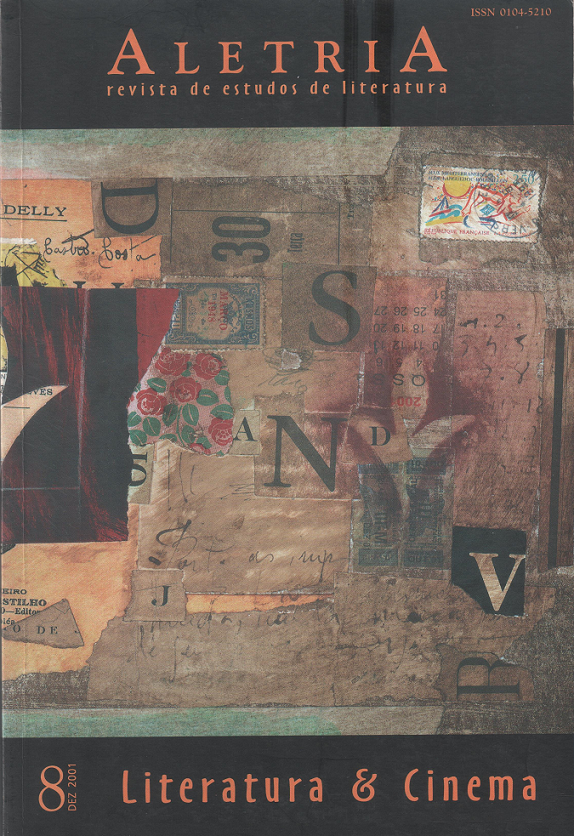O Cinema Anti-guerra
DOI:
https://doi.org/10.17851/2317-2096.8..133-143Keywords:
war films, anti-war films, patriotism, humanism.Abstract
Resumo: O presente trabalho procura estabelecer algumas características do filme anti-guerra a partir da premissa de que as diferenças culturais e raciais dos inimigos de guerra são apagadas e a noção de uma humanidade em comum, emotivamente atraente mas teoricamente problemática, é transmitida ao espectador. Argumenta-se, aqui, no entanto, que tal mensagem humanística não constitui uma proposta utópica para pôr fim à guerra, mas sim uma proposta que vem a contrapor a ideologia patriótica usada pelos governos para justificar a guerra.
Palavras-chave: filmes de guerra; filmes anti-guerra; patriotismo; humanismo.
Abstract: This paper attempts to establish the parameters of the anti-war film, the basic premise of which is that the cultural and racial differences of enemies in war are erased, and an emotionally appealing but theoretically problematic notion of a commonly shared humanity is made to the viewer. Various examples are examined. It is argued that this humanistic message is not intended as a utopian proposal for the end of war, however, but to counteract the patriotic ideology propounded by governments to justify wars.
Keywords: war films; anti-war films; patriotism; humanism.
Downloads
References
CARNES, Mark C. et al (Ed.). Past imperfect: History according to the movies. New York: Henry Holt, 1995.
COULTASS, Clive. Images for battle: British film and the Second World War (1939-1945). Newark: University of Delaware Press, 1989.
KEEGAN, John. The face of battle. New York: Barnes & Noble, 1976.
MANCHESTER, William. American Caesar: Douglas MacArthur (1880-1964). New York: Dell, 1978.
ROQUEMORE, Joseph. History goes to the movies. New York: Doubleday, 1999.
Downloads
Published
How to Cite
Issue
Section
License
Copyright (c) 2001 Tom Burns (Autor)

This work is licensed under a Creative Commons Attribution 4.0 International License.
Authors who publish with this journal agree to the following terms:Authors retain copyright and grant the journal right of first publication with the work simultaneously licensed under a Creative Commons Attribution Non-Commercial No Derivatives License that allows others to share the work with an acknowledgement of the work's authorship and initial publication in this journal.Authors are able to enter into separate, additional contractual arrangements for the non-exclusive distribution of the journal's published version of the work (e.g., post it to an institutional repository or publish it in a book), with an acknowledgement of its initial publication in this journal.Authors are permitted and encouraged to post their work online (e.g., in institutional repositories or on their website) prior to and during the submission process, as it can lead to productive exchanges, as well as earlier and greater citation of published work (See The Effect of Open Access).





